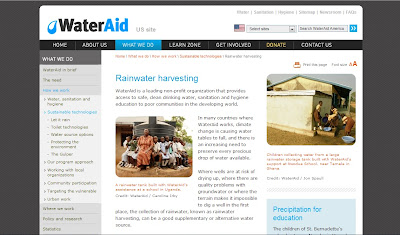http://scholarcommons.usf.edu/etd/4154/
During
my lit review quest for sources, I came across this paper and automatically
made the connection to an interview that I had the opportunity to sit in on that
was conducted by KQED reporter, Shuka Kalantari, to physicians and navigators
at Asian Health Service (same AHS mentioned in my previous post) in Oakland. This
paper emphasizes how work done by scholars needs to be done in order to help service
providers and communities share their needs with each other. With more
collaboration, solutions to the many issues refugees face can be found. Today,
there is little know about the various Burmese
ethnic groups.
However,
in this blog post, I would like to talk about some of the topics that these
interviews highlighted to me. I had read a lot about high rates of asthma in
children and poor exposure to sex education in adults, but with all of these
studies floating around, it was difficult for me to actually pinpoint what were
the major concerns for Burmese refugees coming to America. Through listening in
on this interview, I realized that through conversation and actual examples, my
understanding of the major issues that these refugees face was sharpened.
For
the men, everyone talked about how almost all of the Burmese men they treated
suffered from alcoholism. They believe that alcohol serves as a crutch to
relieve these men from their anxieties of unemployed, living in unstable
housing, and history of involvement in the army (many are anti-government). However,
alcoholism is a problem in screening for Hep B and C, because testing for both cannot
be monitored when alcohol is in the system.
Women
that were seen at AHS, typically about 50 years of age often classified
themselves as “culturally old” and possessed a strong sense of being useless.
When they were young, they had more tangible problems, because they actually
lacked food on the table, but now their problems have progressed to worries
about what will happen when their children move out and they lose their role as
caregiver. Instead of taking care of the whole family, now, these women only
needed to focus on themselves. Health Navigator, Kwee Say, says that many
become hopeless that they can achieve much because of their low level of
education, age and language barriers.
Doctors
also highlighted the difference between the refugees they treated and other
patients. They said that many had chronic pain that could not be pinpointed,
which was different, because much of the American-born population had pain that
peaked at a high intensity, and then weaned. Also, the doctors all brought up
how the refugee’s needs are not easy to fulfill. They talked about the
different classifications of refugees they saw in the Bay Area. Those who came earlier
in 1960s were typically educated and individualistic. Many were rebels/freedom
fighters and required less assistance in terms of ESL classes. However, refugees
from Malaysia were typically economic migrants and illiterate. The refugees
that organizations like IRC work with today are from remote villages. Often,
these individuals are from areas that lack a solid education system, so many
are also illiterate and have to face major adjustments of them when they come (including
the way they go about dealing with health conditions). Back in their villages, if
they needed medicine for some illness, major or minor, they could go to a
roadside stand and ask for anything the wanted and get a hold of it for low
costs. However, in America, the insurance systems and prescription process is
very confusing for many refugees. Thus, many do not refill their medicine on
their own, but come back to their doctor, confused about the process.
Many
will come with the “American Dream” in mind, but are often faced with struggles
as they assimilate into a place that is so different than their expectations of
America. One of these factors that the staff at AHS brought up was the culture clash
they face in the Bay Area. With a new exposure to ethnic diversity and English,
relating to others is a struggle for many refugees. Even in English classes,
they are discouraged as instructors, who are often volunteers, who do not know
the refugee’s native tongue, teach classes. Thus, when they struggle to learn,
clients lose their hope and feel incompetent. MD, Suzie Lim brought up one
patient’s complaint about the different perspective on treating public space. Previously,
they felt like the whole land in their village was theirs, as there were shared
boundaries. However, in America, they feel a loss of freedom as they cannot
roam the land as freely as before.
With these many fragmented examples, I have been
learning the importance of each individual’s story. As we have learned about
survey methods and means of collecting accurate data, I can see how large-scale
programs and projects require solid quantitative data for funding, but my
experience at IRC has revealed to me the importance in personal interaction and
the stories of each individual. As many of you are going off to your practice
experiences, I would encourage you to think broadly about how you go about understanding
the needs of the people. It is in each story that we, as outsiders, can come to
know pieces to hopefully one day, fully understand the people we are working
alongside.

